This week, we’re asking you to share your favorite social media influencers. Who are the people you look to for advice on Facebook, Instagram, YouTube and even TikTok? And more importantly, why?
Blog
Looking to reduce expenses? Consider cutting your lead spend. If you’re willing to invest some extra time, you can generate your own leads for free and liberate yourself from paying for today’s costly leads.
What differentiates top producers from other agents? The differences are much smaller than you might think. Here are the top habits agents can adopt to elevate their businesses.
What differentiates top producers from other agents? The differences are much smaller than you might think. Here are the top habits agents can adopt to elevate their businesses.
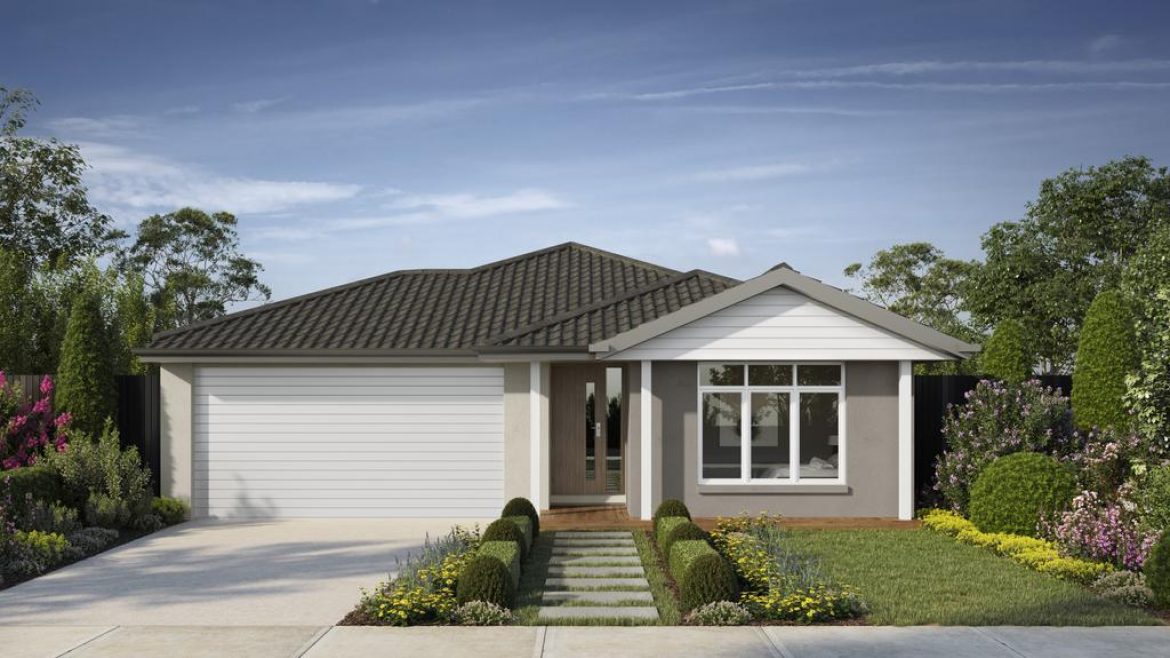
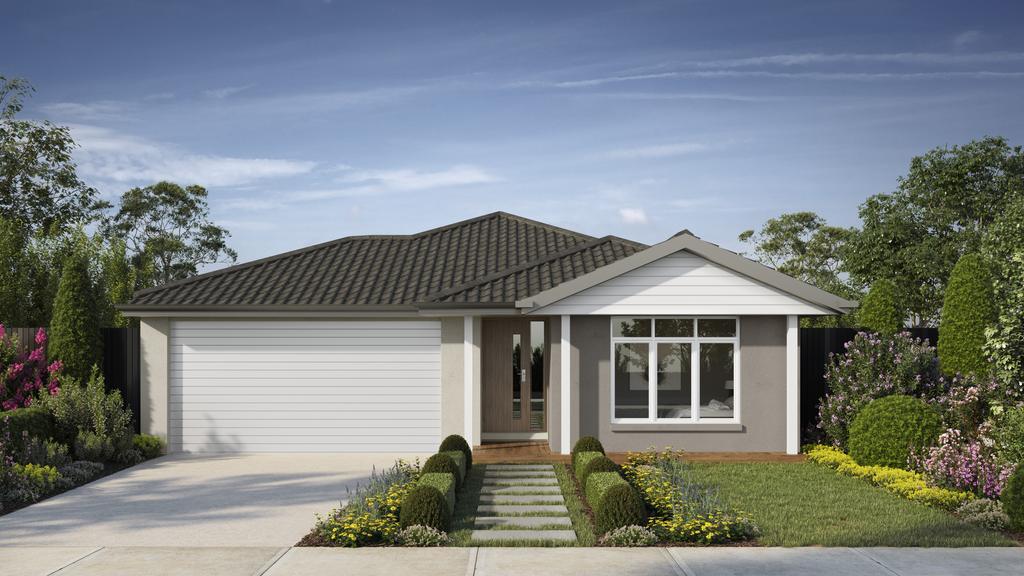
A home in Porter Davis’ PDX range, designed for affordability.
Victorian housing affordability has surged to its best level since the turn of the century off the back of COVID-19.
A Housing Industry Association Affordability report released today shows the virus’ impact on home prices has combined with the city’s 2018-2019 market correction to reduce the number of typical incomes needed to buy a home from 1.51 in June 2018 to 1.29.
It comes as separate research from RPM Real Estate revealed single buyers have staged a massive comeback in the new homes market across 2020, accounting for about 35 per cent of sales this year compared to a 17 per cent average over the past decade.
RELATED: Regional Victoria building boom as Melburnians look outside capital
Dairy farm on Melbourne’s southeastern fringe will house 1600 homes
Oakleigh apartments $10k each in the ‘60s, today it’s $10k a metre
HIA chief economist Tim Reardon said a typical single income, which was now $89,000 in Victoria, hadn’t been enough to buy a home in the state since June 1998, but the state’s housing affordability index had improved 6.9 per cent in the June quarter of this year — in part due to price declines and in part because of improving wages.
Mr Reardon forecast better rental affordability in Melbourne, as a result of fewer homes being leased to tourists, coupled with limited house price growth of around 2 or 3 per cent across the next decade would give homeowner hopefuls some time to get into the market.
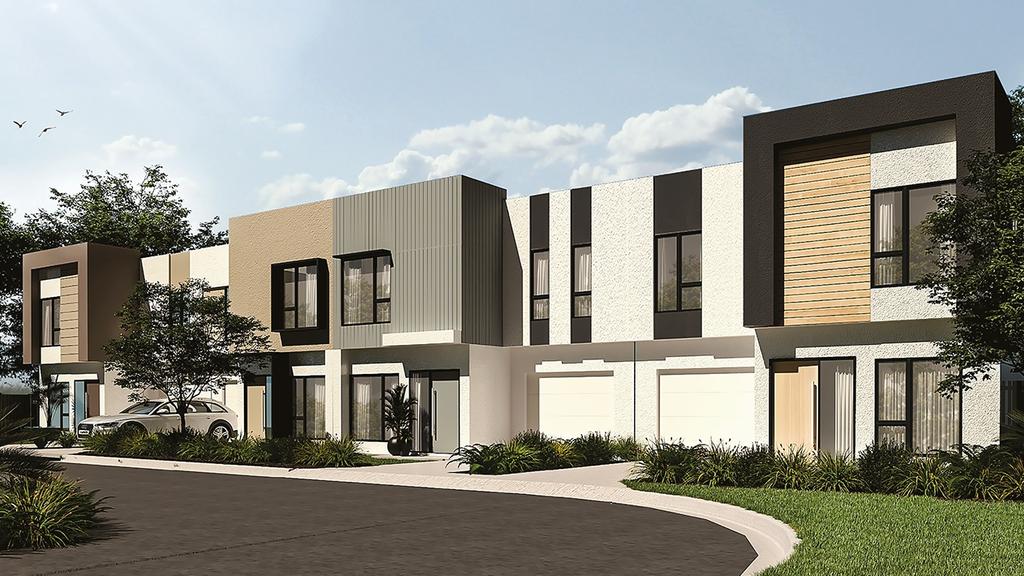
Houses at the Steadfield, Melton South development by Sphere Group are for sale at as little as $370,000.
However, the RPM Real Estate report shows those hoping to buy a new house are already raising their budgets as a surge in demand caused by the federal government’s $25,000 HomeBuilder grants chews through Melbourne’s most affordable blocks of land.
“Now all the affordable stuff is selling, the larger ones are being taken up as people are looking at it and weighing up their position and saying ‘I could take that bigger block, because that’s all that is there’,” Mr Kelly said.
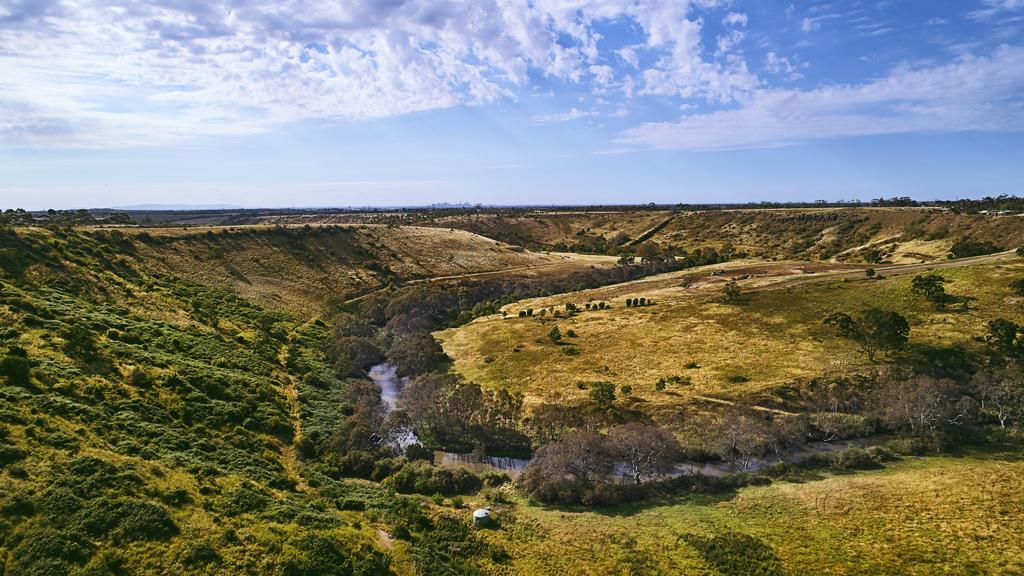
Land at Villawood’s Redstone estate has been popular since sales commenced earlier this year.
The firm’s June Residential Market Review showed land sales under 350sq m declined from 41 per cent of the market in the first five months of 2020 to 35 per cent, and those sized from 350-450sq m were now accounting for 41 per cent of sales.
Homebuyer survey data compiled by the firm also revealed single buyer numbers in 2020 were double their historic average and about 10 per cent higher than they were in June 2019.
Mr Kelly said this reflected smaller blocks, as well as more townhouses, becoming more prevalent in new estates.
However, RPM’s preliminary August figures show a 60 per cent drop in inquiry for land sales as a result of Melbourne’s stage four lockdown.
Mr Kelly joined a growing chorus of building industry groups calling for an extension to the HomeBuilder scheme to ensure builders were able to spread more work into 2021, and potentially allowing another 1000 Victorians to access the funds. This would also avoid a crunch currently anticipated as a result of the grants bringing forward buyer activity.
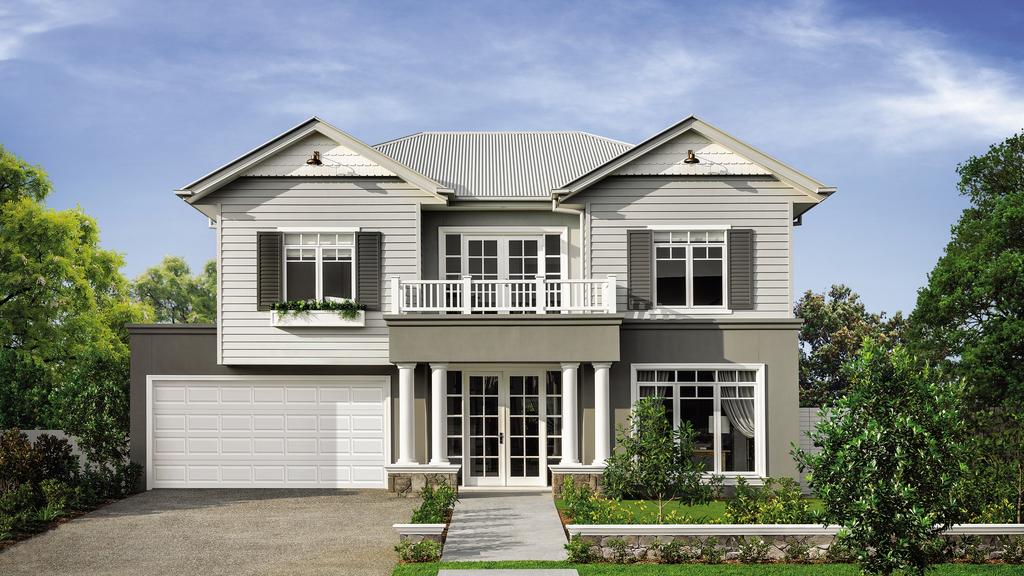
Even larger homes, such as Porter Davis’ Sheraton Grange, are proving popular during the pandemic.
Porter Davis general manager sales and marketing Shaun Patterson said, while those who’d already bought land were pushing on, activity in August had been affected and agreed an extension would have a significant impact to industry jobs.
“It’s certainly slower in terms of demand since we have gone into the second lockdown,” Mr Patterson said.
He warned buyers planning to pursue the federal grants were running out of time as it could take up to 12 weeks to get a building contract finalised, even if they already had land ready to go. Those still wanting to take advantage of the HomeBuilder grant need to start speaking with a builder now.
MORE: How to understand home energy efficiency star ratings in Victoria
COVID-19 housemates plan to buy a way out of share houses
Cudgewa church conversion: Faith in church resurrection pays off
The post Victorian housing affordability best since 2000, single homebuyers up appeared first on realestate.com.au.
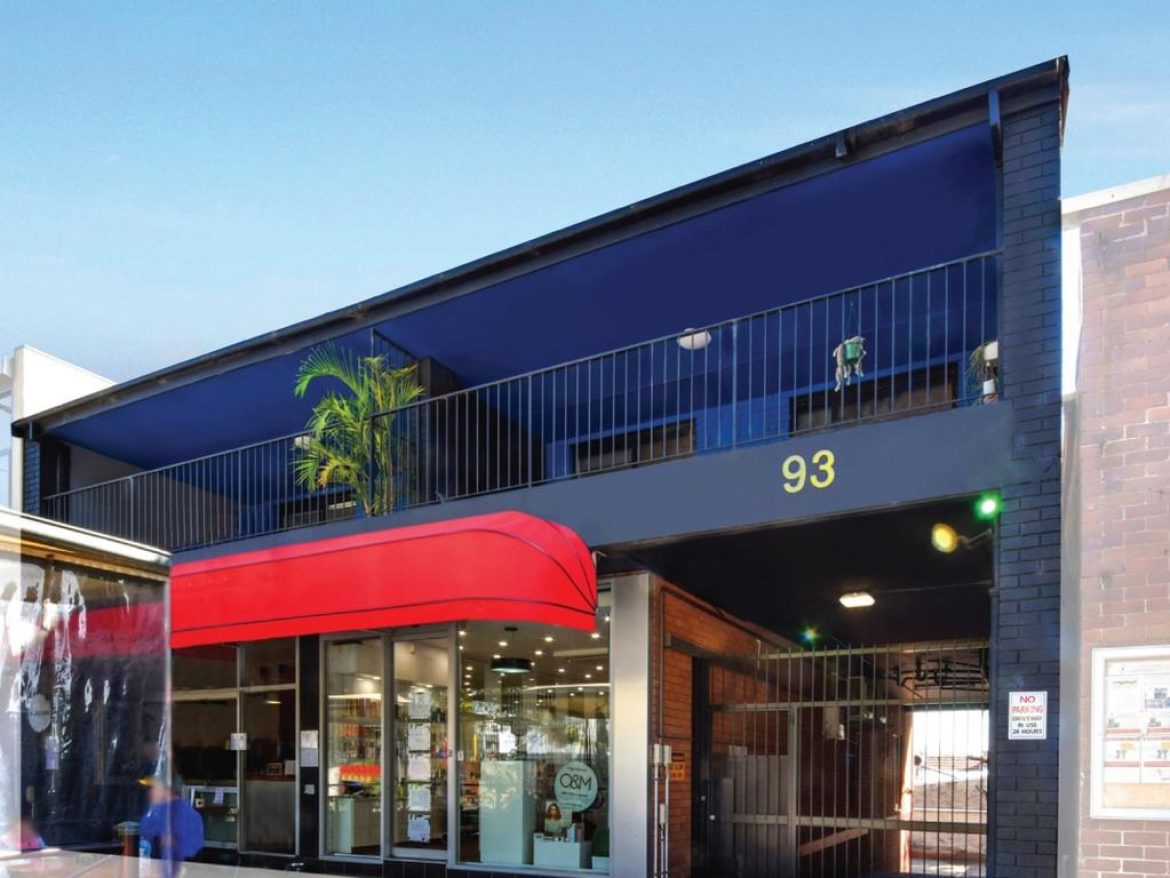
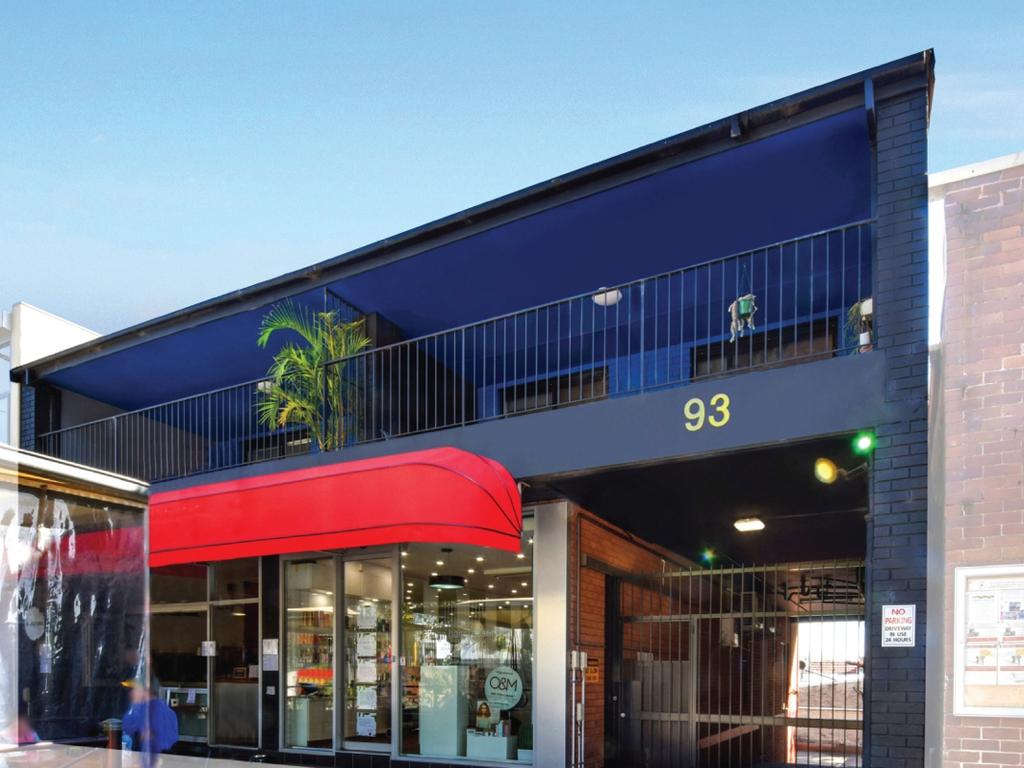
Hot property – 93 Greenwich Rd, Greenwich.
Sydney’s north shore suburb of Greenwich is a pint-sized residential location highly sought-after for its exclusive harbourside homes and apartments.
Commercial property beyond the Pacific Highway is scarce and it rarely comes up for sale.
MORE: 2020’s most popular homes show tastes are changing
Home with private beach sells $1.85m over reserve
Until now. And this property at 93 Greenwich Rd, Greenwich, is an absolute cracker, offering a combination of retail, commercial and residential spaces that deliver five income streams.
Angela Perou, of Australian Domain Real Estate, is marketing the property via an expressions of interest campaign, closing at 3pm on Monday, August 31.
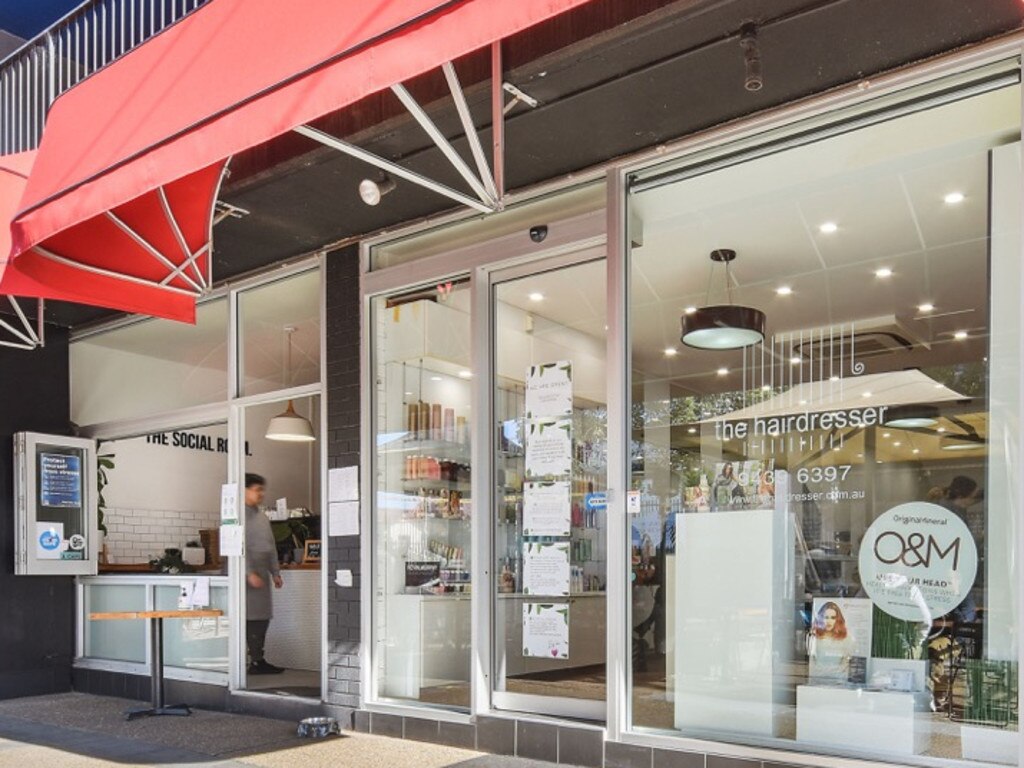
93 Greenwich Rd, Greenwich.
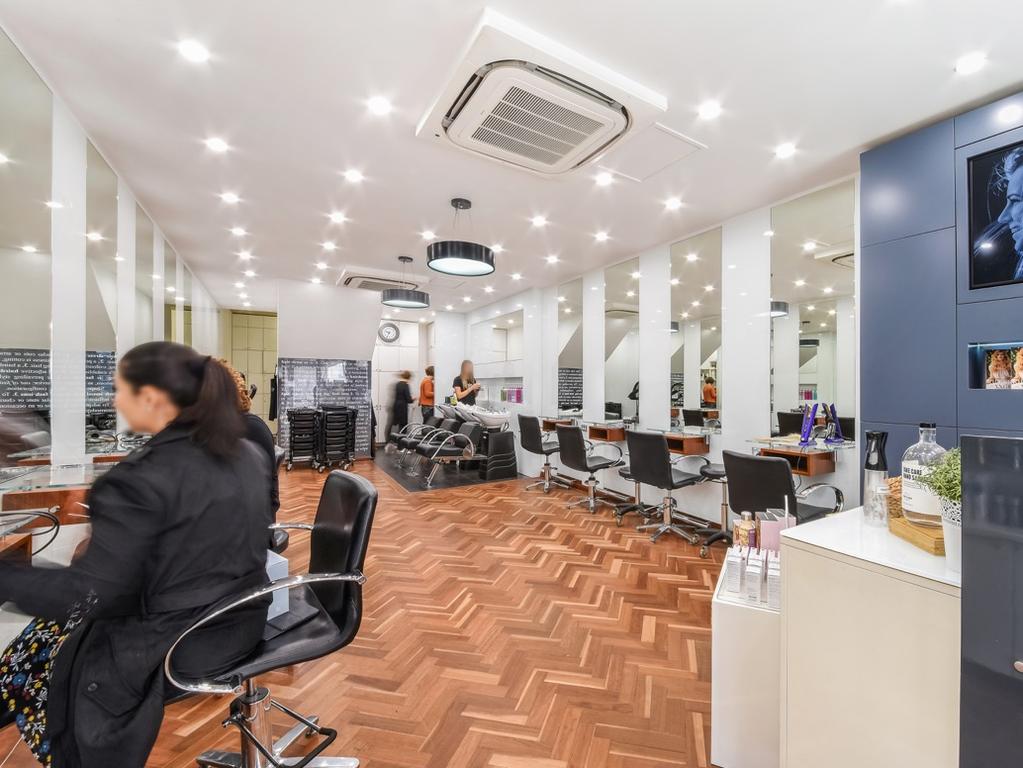
The hairdresser has a strong following.
A price guide of $5.9 million to $6 million has been set for the three-level property, and she said there was strong interest.
“It’s a wonderful property,” she said. “It’s quite a busy little hub there and very popular with the locals.”
The ground floor of the building is home to the Social Room Cafe and a hairdresser.
“The cafe is very popular with both locals, the parents and children associated with the nearby school and also, residents from the aged care facility across the road,” Ms Perou said.
“Visitors from neighbouring suburbs also come to enjoy the privacy and leafy village surroundings and atmosphere.”
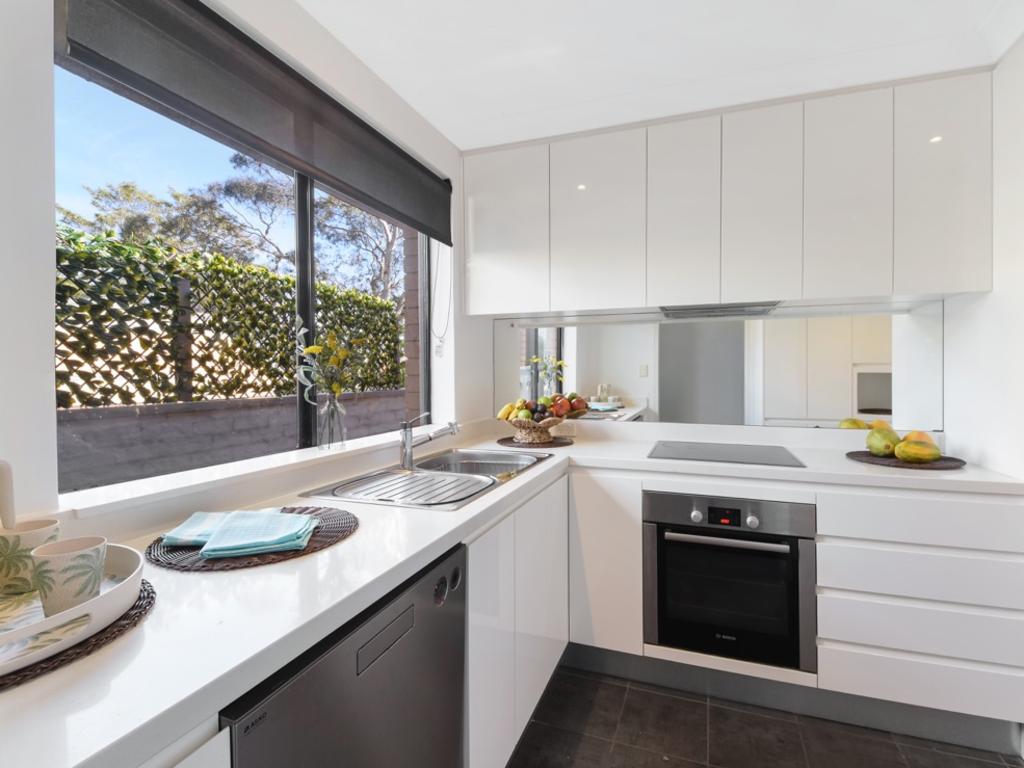
There are two apartments in the complex.
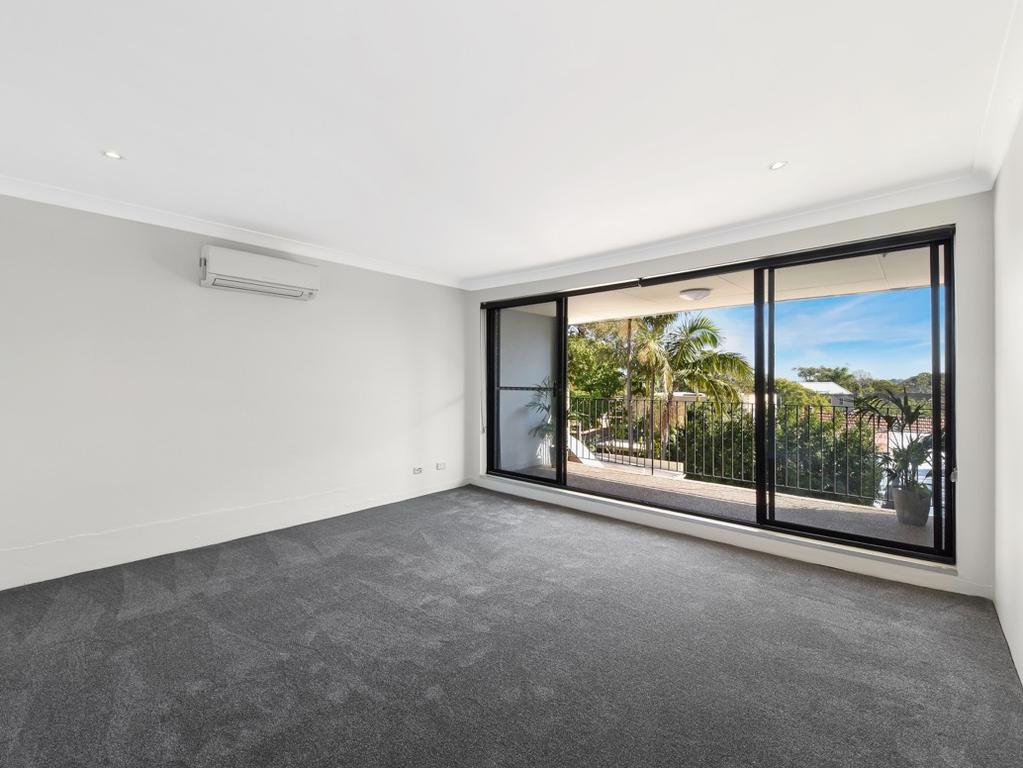
The apartments are freshly painted with two bedrooms.
The hairdresser is equally popular with the locals, she said.
“The professional staff have built a wonderful rapport with locals and other patrons travelling from afar,” she said.
“The premises are impeccably kept and recently renovated with modern fittings and technologies.”
The basement is currently home to an engineering workshop and lockup garage, which are accessed via an automatic security gate.
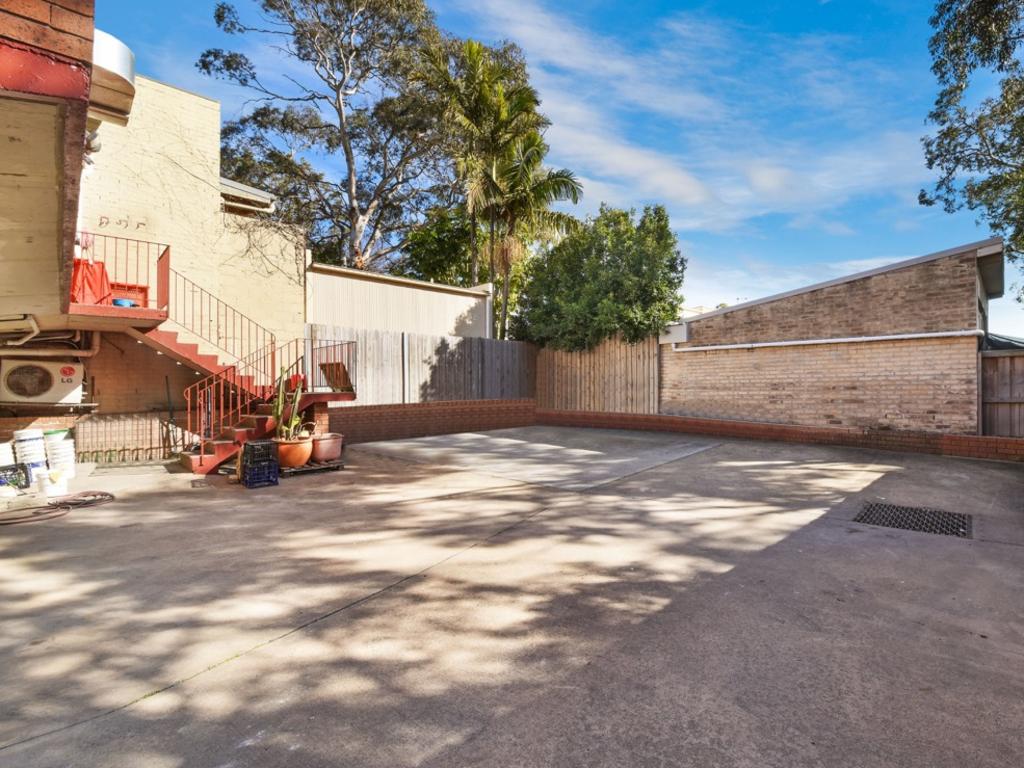
Plenty of parking.
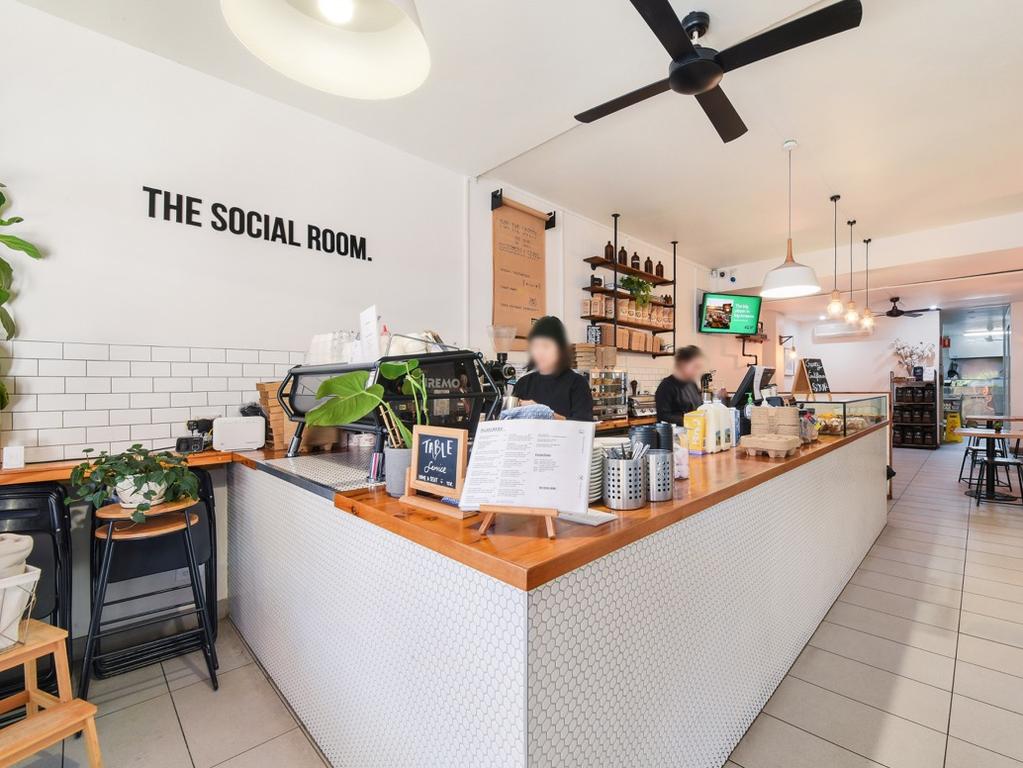
The cafe.
There are two two-bedroom apartments on the first floor, each with large balconies, fresh paint, new carpets, modern kitchens, internal laundries, parking and balconies.
Ms Perou said these were currently, residentially leased but there was potential to convert them to commercial office space (subject to council approval).
“The property is immaculate and has potential for future enhancement, which makes it an ideal investment,” she said.
SIGN UP HERE FOR THE NSW REAL ESATE NEWSLETTER
The post Rare commercial property in Greenwich comes to market with $5.9m-$6m guide appeared first on realestate.com.au.
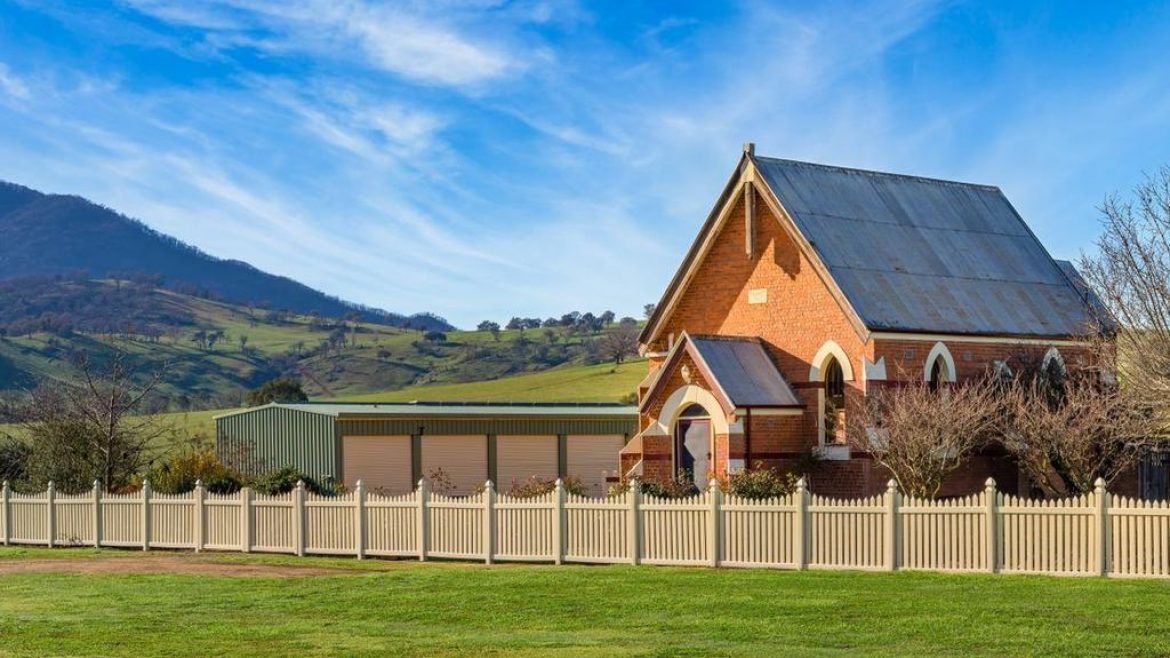
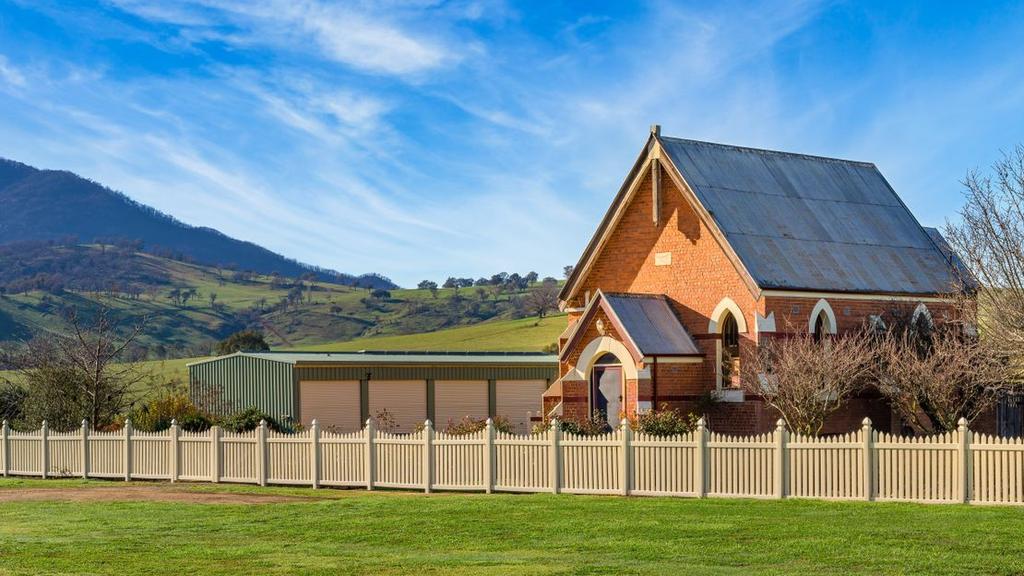
946 Cudgewa Valley Road, Cudgewa answered buyers’ prayers.
Forget divine intervention or praying for a buyer, all it took to sell this country Victorian church in the middle of a pandemic was a polished renovation.
And maybe an act of Godden.
Elders Real Estate Wodonga agent Danny Godden said the 946 Cudgewa Valley Road, Cudgewa, property had gone through back-to-back renovations by two owners, converting it from an 1899 Presbyterian Church to a divine residence.
RELATED: Victoria’s future real estate growth markets picked by experts
Regional Victoria building boom as Melburnians look outside capital
Dairy farm on Melbourne’s southeastern fringe will house 1600 homes
The seller paid $163,000 for it part-way through the prior owners’ update in 2008, then polished the property over the next 12 years.
“The couple prior to them had started the renovation, but they have put the polish on it,” Mr Godden said.
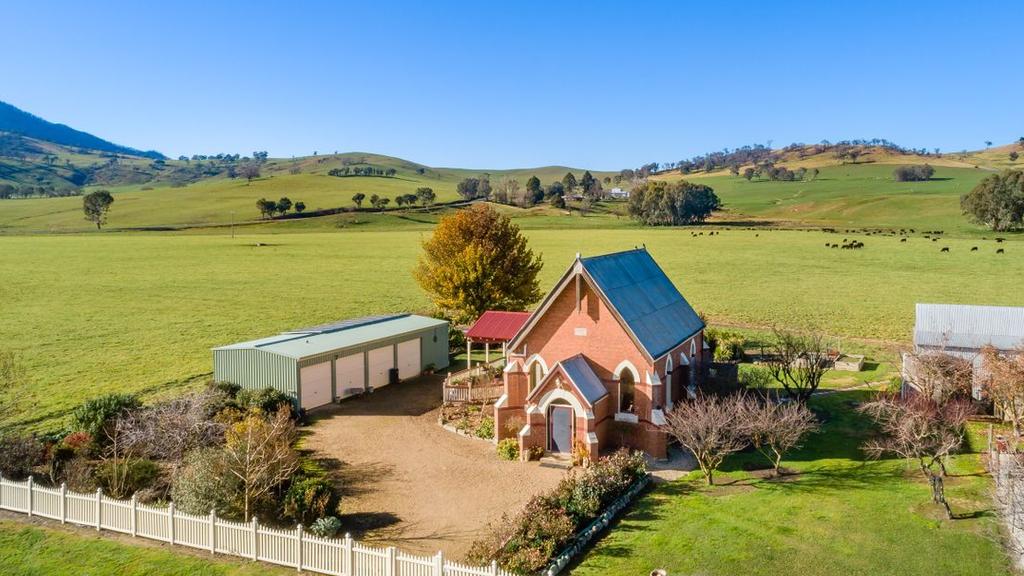
Four buyers wanted to make the property their slice of heaven.
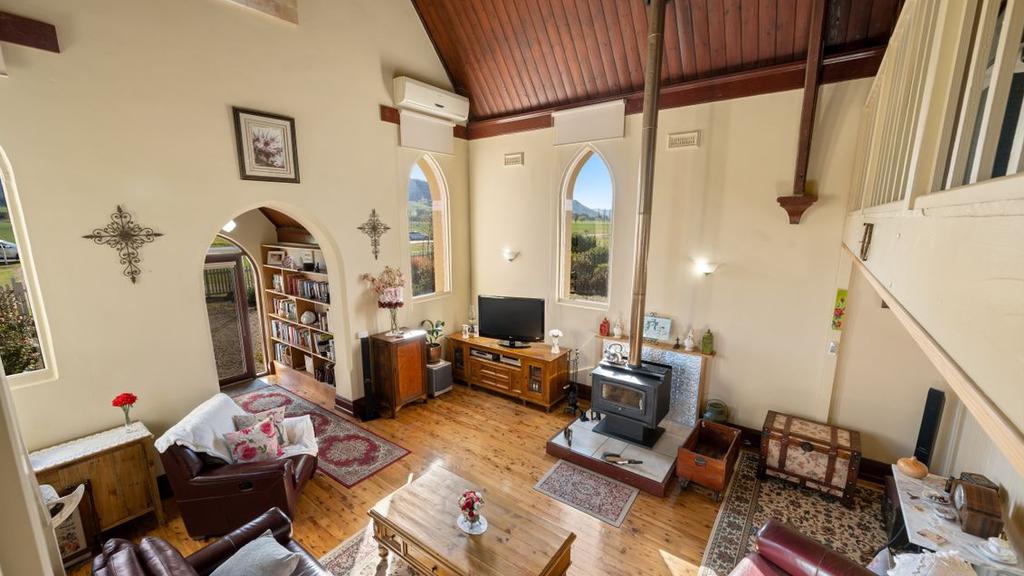
The split-level home uses a mezzanine level to take advantage of the cathedral ceilings.
He said her faith in the project had been rewarded, with the picturesque former church attracting about 8000 views online, four formal offers and a sale above the $350,000 initial asking price that went under contract on Tuesday.
Cosier than most churches in the area, it features a ground-floor living area beneath cathedral ceilings and brightened by arched windows.
The kitchen features pressed-metal splashbacks, while the main bedroom on a mezzanine level connects to an ensuite via an arched doorway.
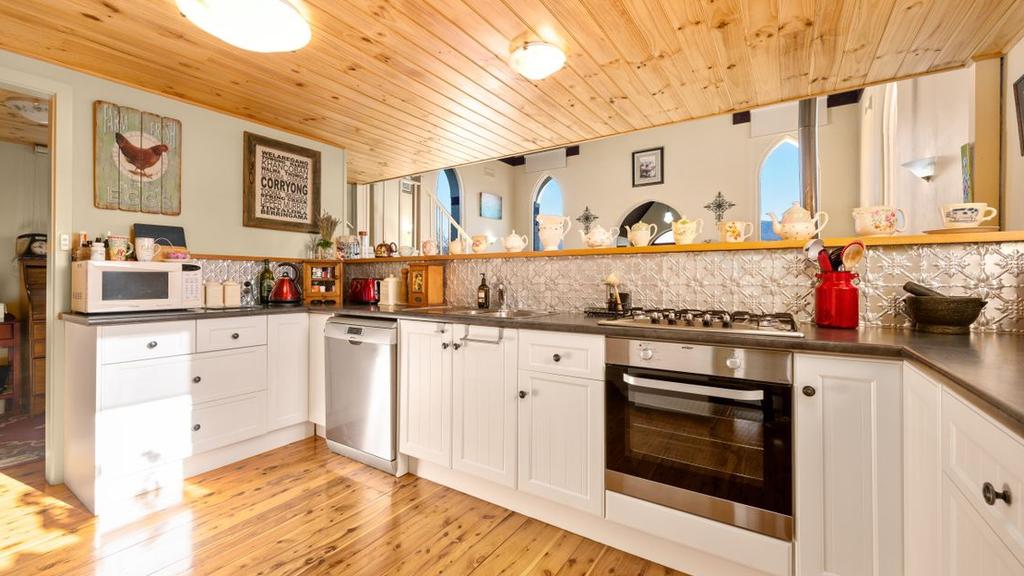
Home chefs might find a little divine inspiration in the kitchen.
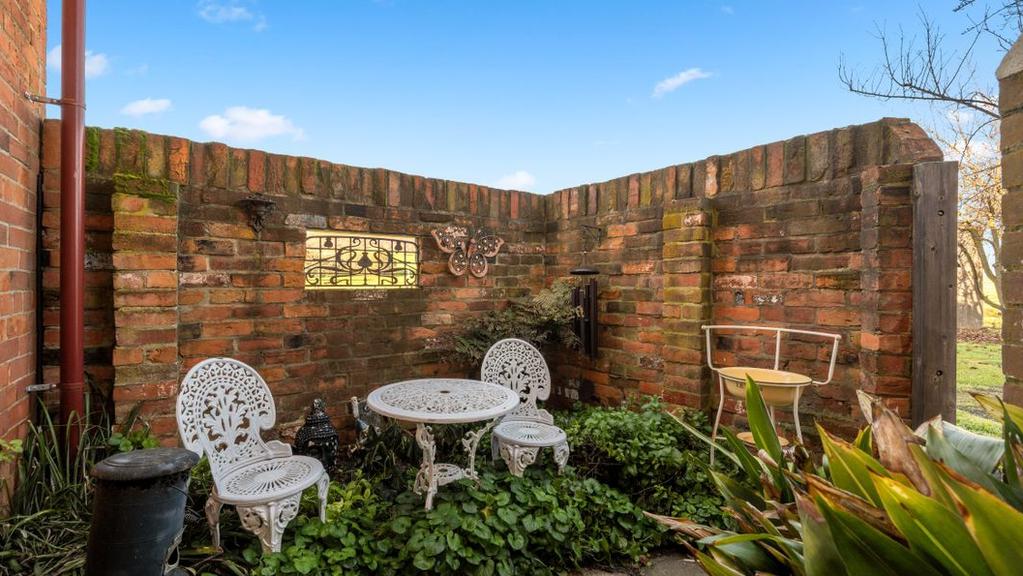
A small courtyard garden has been kept alongside the home.
A courtyard garden is hidden behind aged brick walls, while a studio on the property has been used for massage and beauty therapies.
The buyers came from Tumbarumba across the Murray River in NSW and might be praying for the Victorian border controls to be relaxed before they settle.
“They loved the unique nature of the property,” Mr Godden said.
“And it’s surrounded by magnificent farmland. You have no neighbours, except some stickybeak cows.”
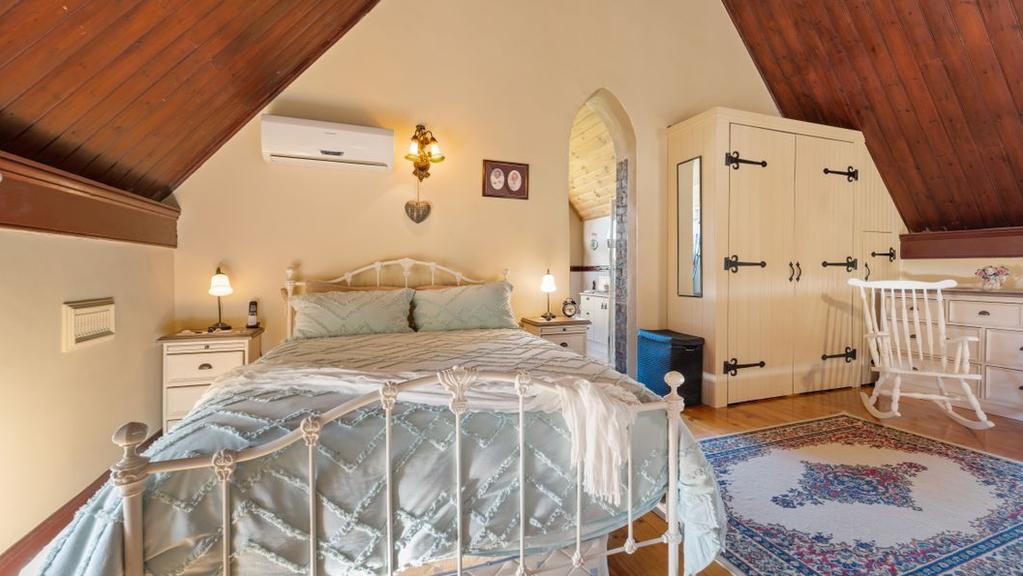
The main bedroom on the mezzanine floor takes it up a notch.
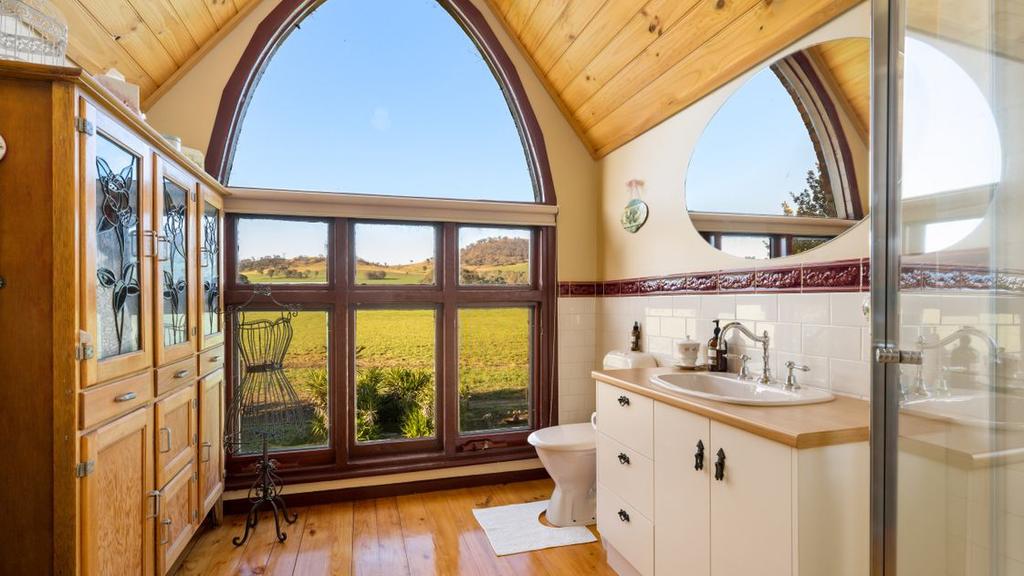
It’s blessed with an ensuite through an arched doorway.
The underbidders might be waiting a while for a second coming, with property in the Wodonga area in high demand and low supply at the moment.
“We certainly have a lot of buyers missing out on properties,” Mr Godden said.
“The biggest struggle we have now is stock levels as people are holding on to homes for spring.”
He added that despite moving on from the church conversion, the vendor was confident the verdant stretch of Victoria is their promised land.
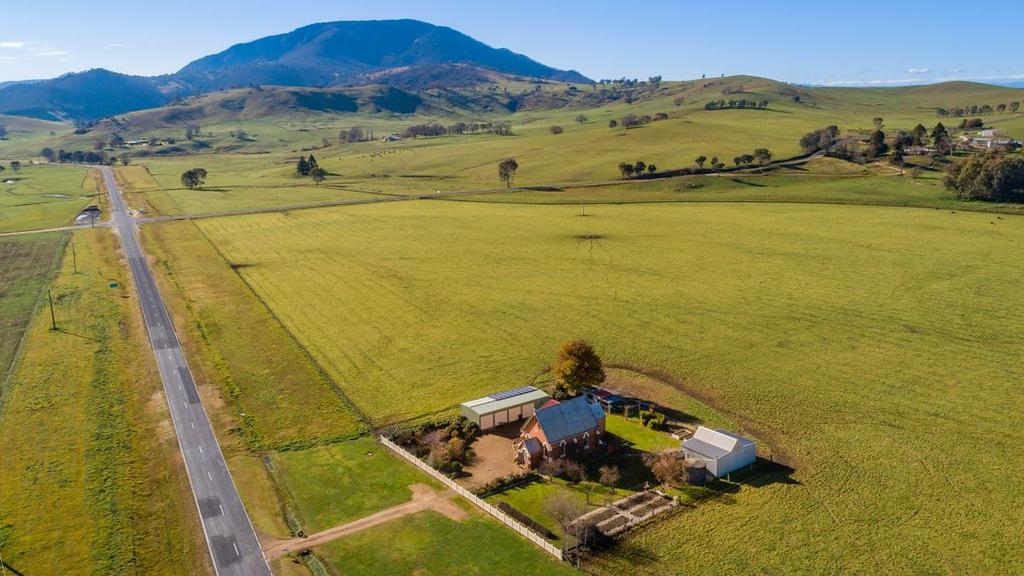
In this part of the world, a few kilometres makes them neighbours.
They’ve bought their next project, a weatherboard in need of resurrection, on the other side of the same road a few kilometres away.
MORE: 5km radius: The important nearby amenities key to your house price
Ballarat’s most expensive sales dominated by Lake Wendouree houses
NASA-inspired bubble house in Brisbane gaining global attention
The post Cudgewa church conversion: Faith in church resurrection pays off appeared first on realestate.com.au.
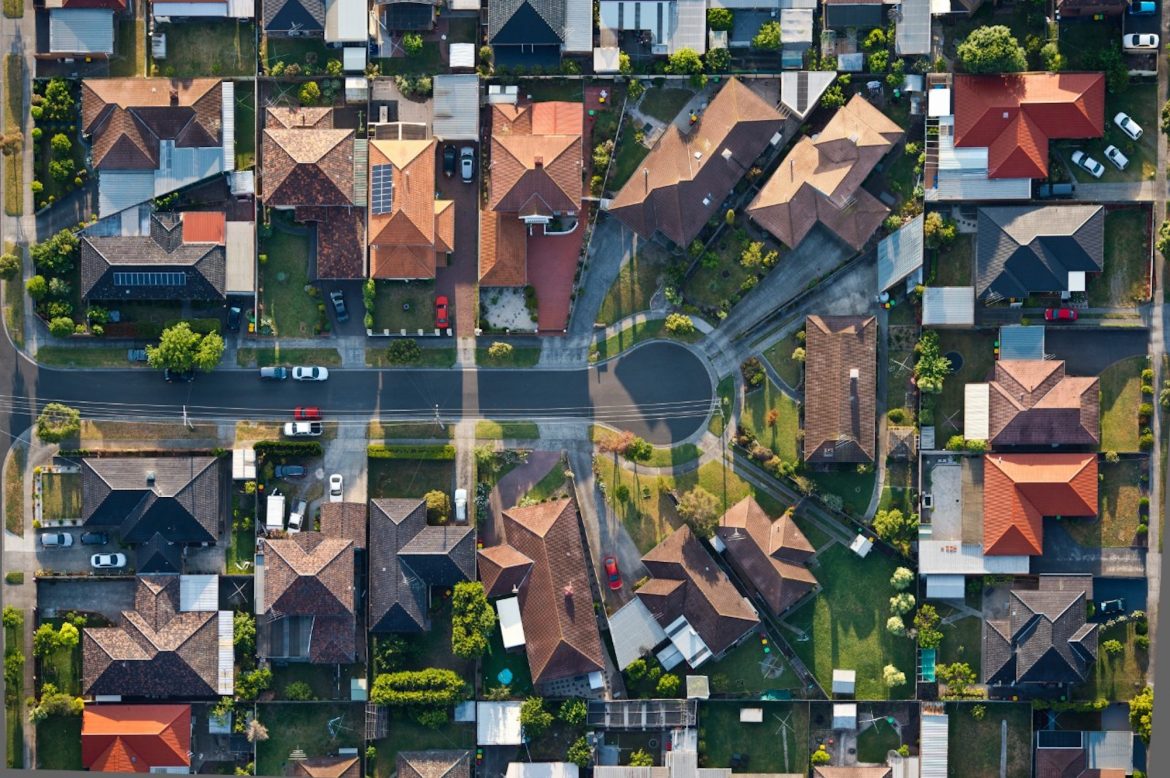
There’s never been a better time to negotiate an affordable rental deal, with a glut of properties on the rental market during COVID-19. But a steady drawback in investor activity across Australia could see the tables turn in the not-too-distant future.
The coronavirus crisis has forced many young renters to vacate their homes due to job losses and financial hardship. International border closures have also seen an influx in short-term holiday rentals become long-term residential listings, and an exodus of foreign students has left even more rentals vacant.
But while the oversupply presents an opportunity for tenants to broker a bargain, if mum-and-dad investors – who provide almost all rental housing in Australia – continue to wane, the country could be faced with a rental property shortage, and ultimately, a sharp rise in rents.
Overall buyer activity is up, but investors are dwindling
Despite the current economic environment, buyer enquiry on realestate.com.au, particularly from first home buyers, is up 70% since the pandemic hit in mid-March, which can be pinned to a stable banking system, record levels of stimulus and job losses that have, so far, primarily impacted young people.
But while enquiry is up overall, it has dropped by almost -30% in the investor segment.
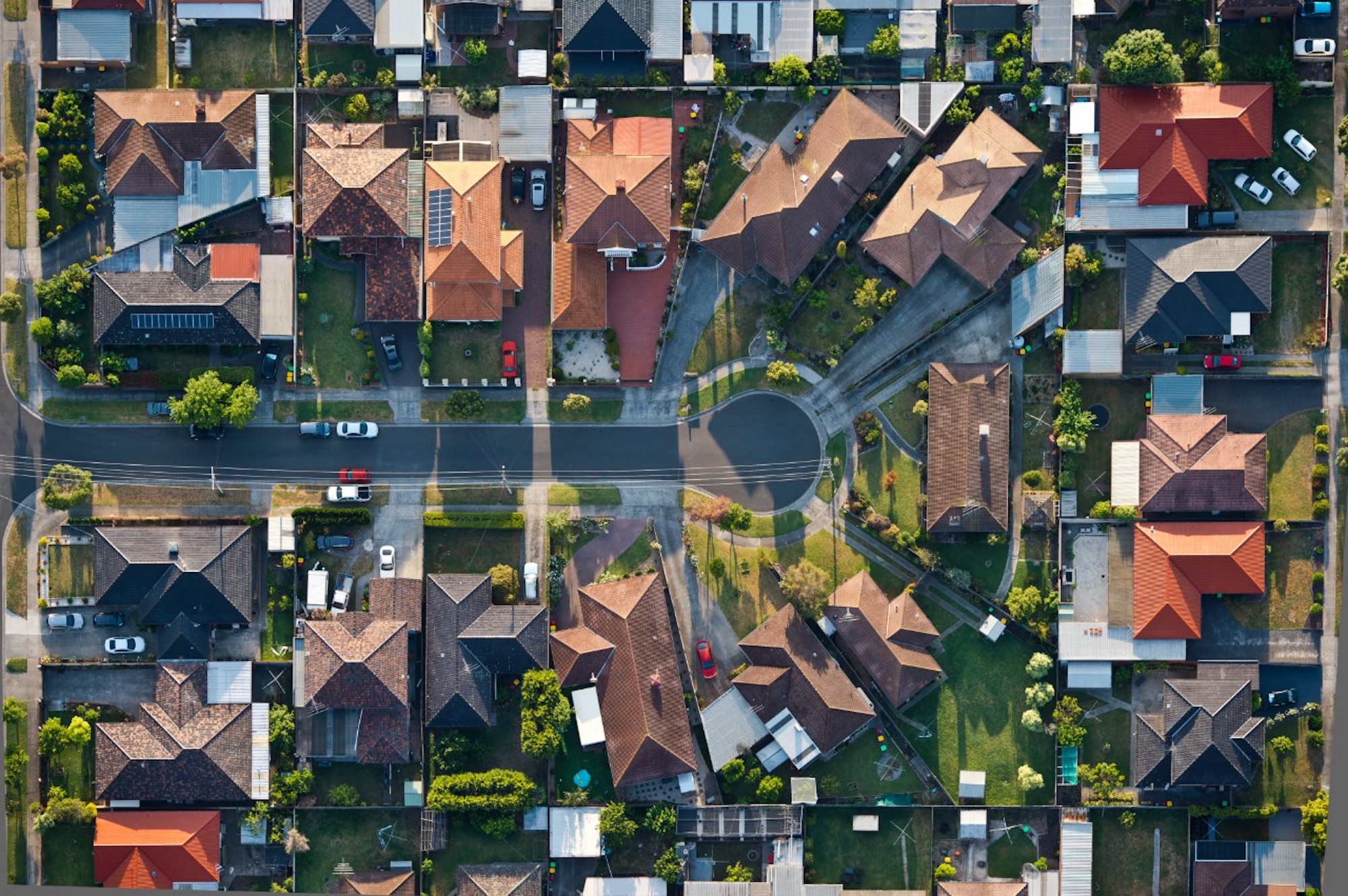
The current renters market could quickly change if investors continue to pull back. Picture: Getty.
Investor activity has been trending downwards since the end of 2017 when the Financial Services Royal Commission began. While this was taking place, confidence took a further blow in the lead up to the 2019 federal election, for which investor tax incentives were a contentious policy issue.
Foreign investors have been further hit – depending on what state they wanted to buy in – with additional stamp duty, vacant property surcharges and challenges in securing finance.
Things looked to be stabilising for investors at the beginning of 2020 but then COVID-19 hit in mid-March, claiming the rental market as one of its first casualties.
Tenant woes have flowed through to investors
The rental market was impacted very quickly when the health crisis hit Australia, particularly because many young tenants lost their jobs due to widespread business closures, mainly across the hospitality and tourism sectors. Some tenants went to zero income overnight and had to wait two weeks for the Federal Government to announce its JobKeeper and JobSeeker schemes, designed to keep virus-hit workers financially afloat during the health crisis.
Nevertheless, many unemployed tenants were forced to leave their rental homes because they could no longer pay the rent, and vacant properties began to flood the market.
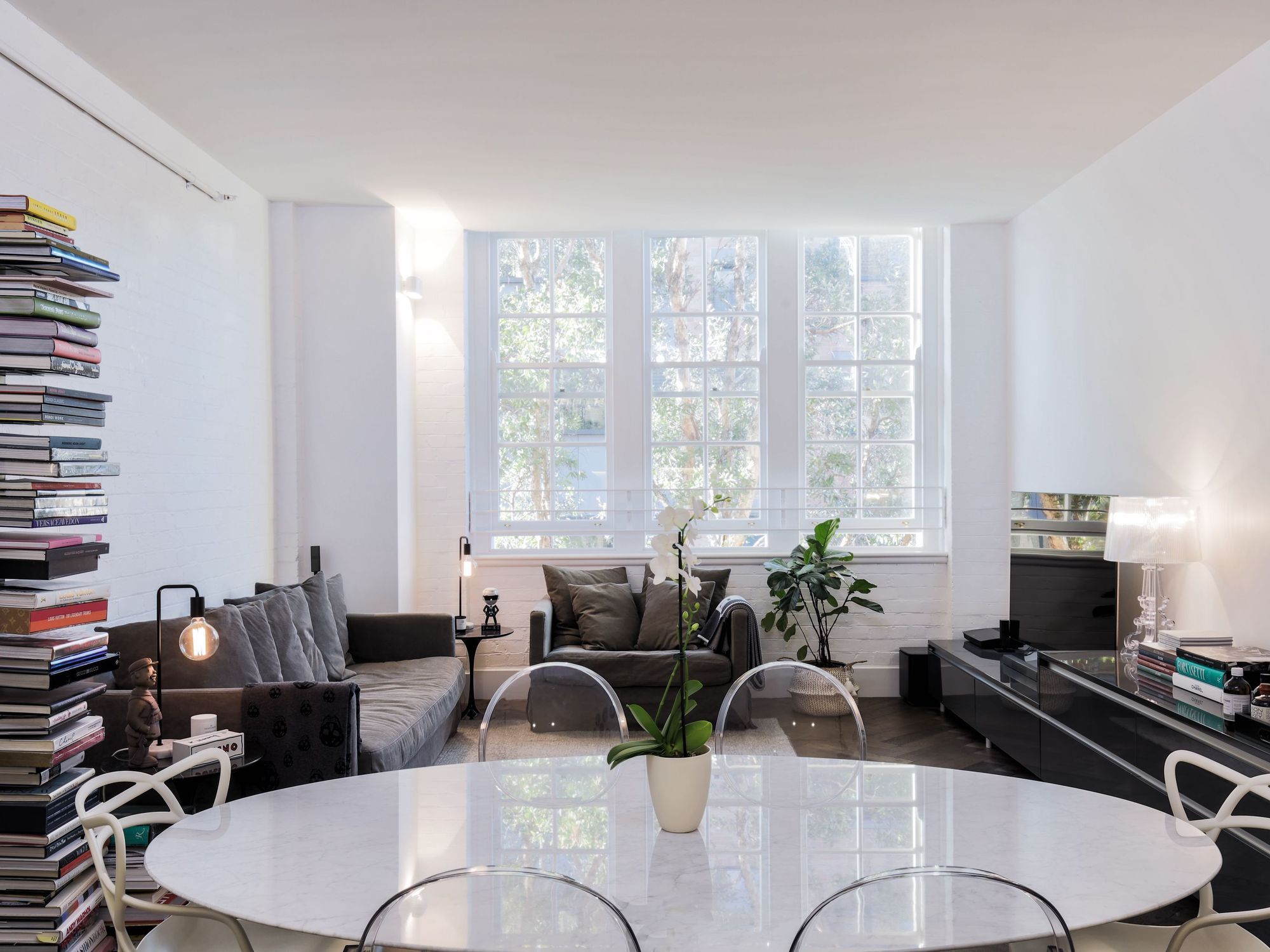
An influx of virus-hit tenants vacating their homes had led to a glut in rental properties. Picture: realestate.com.au/rent
Since then, we have seen improving conditions in the rental market. Search activity is now up more than 50% since the lows experienced in the early weeks of the health crisis, and are now up almost 15% nationally compared to the same time last year. Rental listings are no longer climbing and are now down 16% compared to the same period last year. The rapid rise in short-term holiday rentals becoming long-term listings has also slowed.
While this is welcome relief to some landlords that have been struggling to lease their vacant rental properties, there are parts of the rental market that remain very weak, which is problematic for investors in these areas.
Units are a problem area
While rental listings are no longer increasing across the board, the unit sector remains problematic with more than 16,000 more units for rent compared to mid-March 2020.
The biggest increases in rental listings have been in areas exposed to students or in suburbs largely inhabited by young people, with more than half the increase concentrated in just 10 suburbs.
Although we are seeing no evidence of mortgagee sales in these suburbs, some investors appear to be trying to get out with many of the suburbs seeing the biggest jumps in rental listings also seeing the biggest jumps in units for sale.
The outlook for unit markets in some areas looks even more bleak, particularly those in Western and South Western Sydney, which are now seeing the lowest views per listing across all rental listings on realestate.com.au.
These areas were problematic prior to the mid-March lockdowns but COVID-19 has exacerbated the problem. Compare this to some of the strongest rental markets, such as Mornington Peninsula, which are now seeing six times the views per listing.
Investors need encouragement
Right now, a lack of investor activity in the Australian property market isn’t a big problem because the rental market remains weak, with some signs of improvement. But problems are going to arise once the economy starts moving forward again.
If investors continue to pull back, the current oversupply of rental properties could very quickly reverse and the market would be thrown in favour of investors.
Encouraging investors back to market is likely to be hard work at the moment, but it could be achieved with better financial incentives from governments, including access to grants such as HomeBuilder as well as stamp duty exemptions.
The post It’s a renters market, but future price hikes loom appeared first on realestate.com.au.
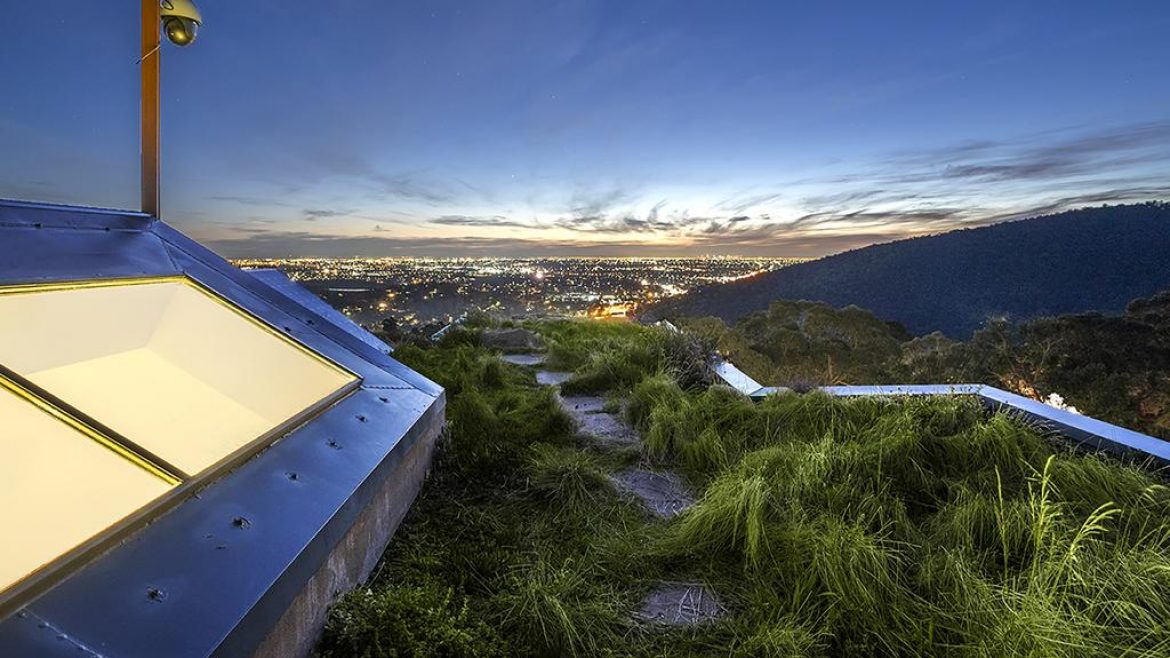
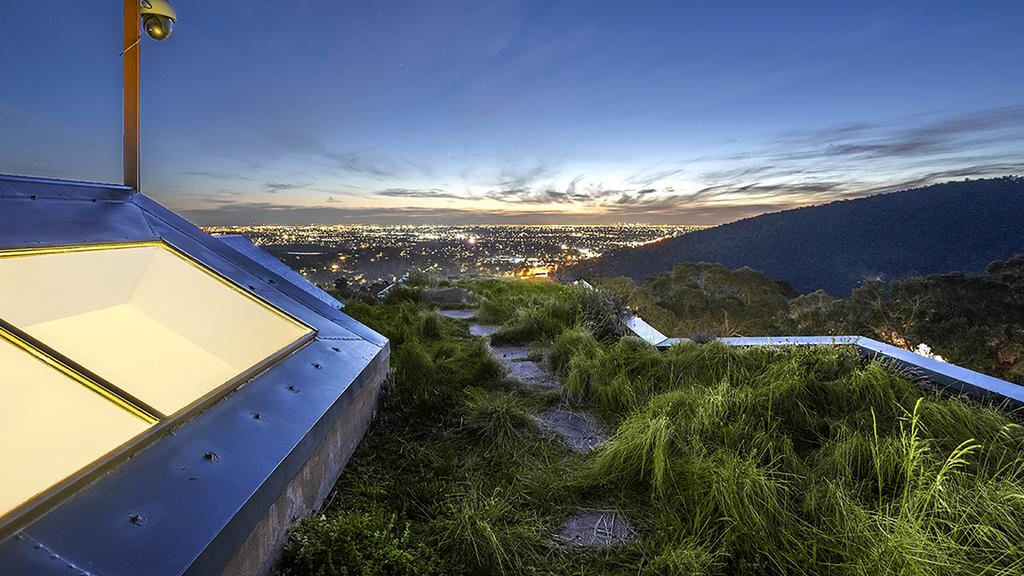
A rooftop garden provides natural insulation.
You could be forgiven for having a limited understanding of the energy efficiency of your home.
Eyes glaze over at the mention of R3.5 wall insulation, 2.5kW systems and a 6-star energy rating.
We’ve unpacked energy ratings to make then more accessible, as buyers increasingly look at ways to save money in the home and look after the planet as well.
RELATED: Agents lack knowledge of energy ratings: Environment Victoria study
Jamie Durie: Sustainable home style, affordable green living
Melbourne stage four restrictions prompt sight-unseen sales
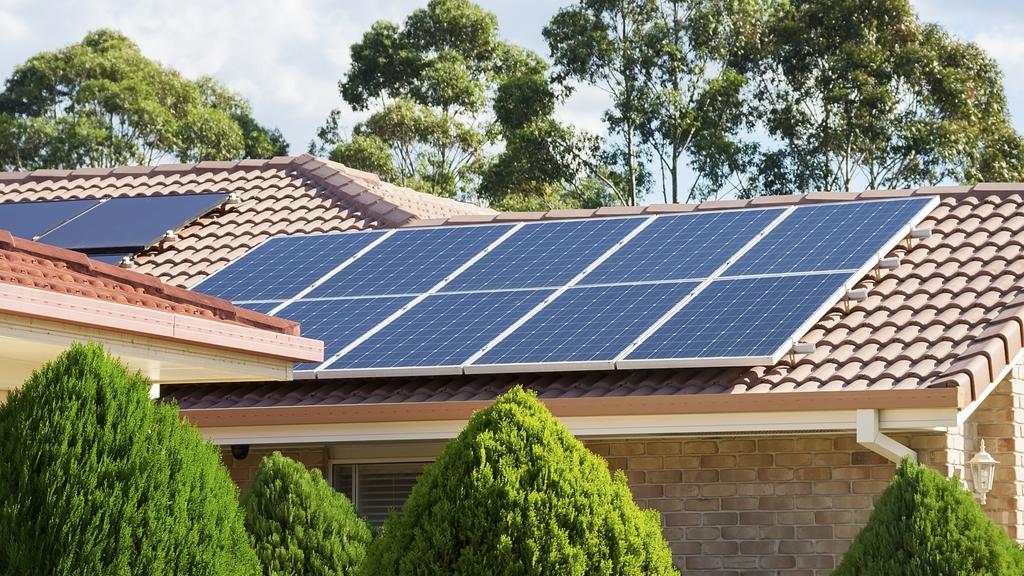
Solar panels can significantly reduce power bills.
The Victorian Residential Efficiency Scorecard rates homes on a scale from 1 to 10 stars, based on the average yearly cost to power a home.
A 1-star house costs $5319 each year, while a 10-star home feeds energy back into the grid, actually earning $222 every year for its owners.
Melbourne’s average rating is 3 stars, at an annual cost of $1773.
The Nationwide House Energy Rating Scheme (NatHERS) is expected to release a new model soon that integrates the statewide scorecard with its own, which is used to rate new builds.
The director of energy rating assessment company Ephe, Cal Forsyth, said installation of solar was a “prime example” of an effective way to improve a house’s energy efficiency.
He said changing light bulbs and shower heads, sealing chimneys and air vents, and weatherproofing doors and windows were cost-effective initiatives that would also reduce running costs.
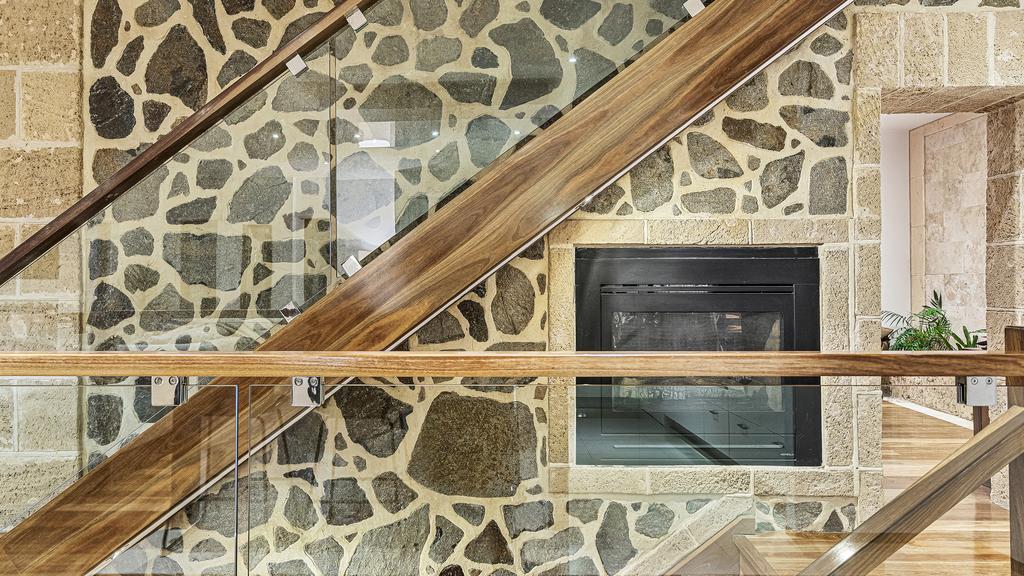
Thermal mass walls can help regulate temperatures inside.
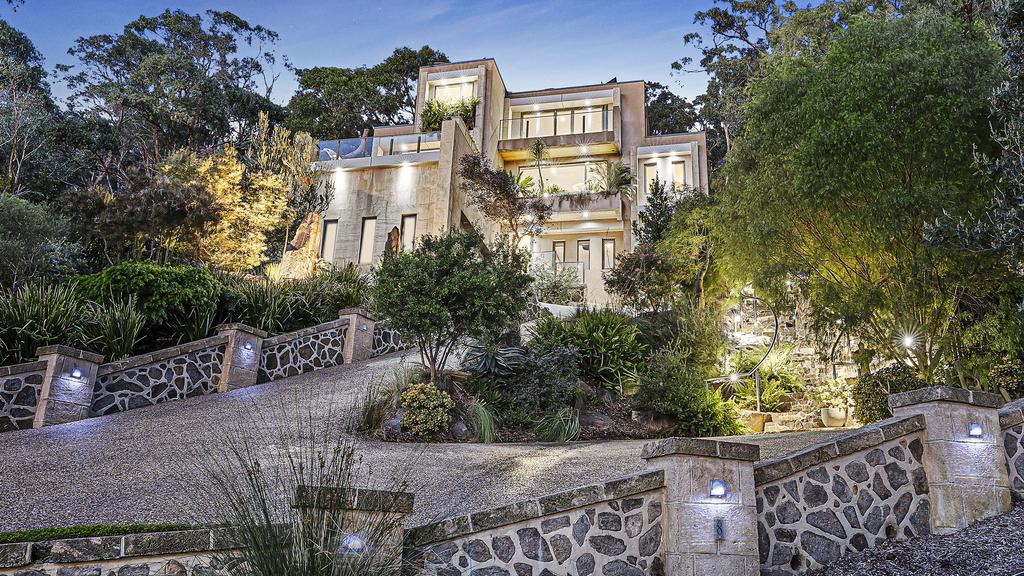
This house at 8 Olivette Ave, Upper Ferntree Gully was designed with energy efficiency in mind.
Wall and ceiling insulation with high thermal resistance are also critical energy savers.
Many older homes have little to no insulation, letting heat escape through the roof and walls and reducing the property’s capacity to regulate temperature.
Mr Forsyth said the public was increasingly recognising the value of high energy efficiency as both a cost cutter and value adder.
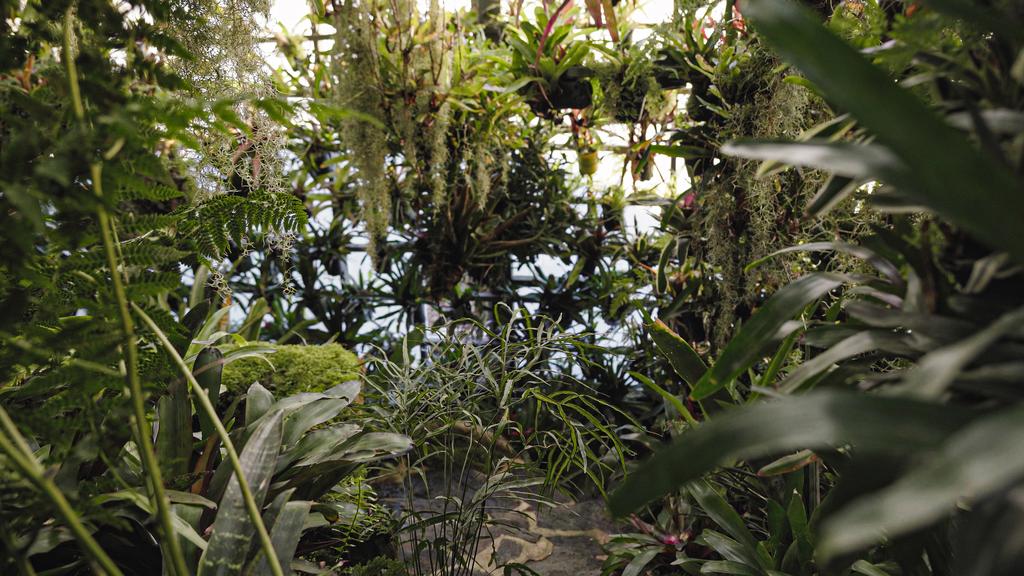
The Upper Ferntree Gully home has an indoor garden.
“People are becoming aware and I think they’re finding previously unknown value in their existing dwellings,” he said.
“You can actually retrofit and increase the value of a property with energy efficient upgrades, whereas some of the modern high-ceiling properties that people thought were of high value are not so much anymore when you’re looking at energy efficiency.”
Victorian Residential Efficiency Scorecard
Star rating, annual power cost
10 stars, $222
9 stars, $0
8 stars, $266
7 stars, $532
6 stars, $798
5 stars, $1064
4 stars, $1330
3 stars, $1773
2 stars, $3546
1 star, $5319
READ MORE: Ballarat’s most expensive sales dominated by Lake Wendouree houses
Victoria freeze on evictions, rental hikes extended to December 31
Eltham house kids refused to leave sells, as virtual tours satisfy buyers
The post How to understand home energy efficiency star ratings in Victoria appeared first on realestate.com.au.
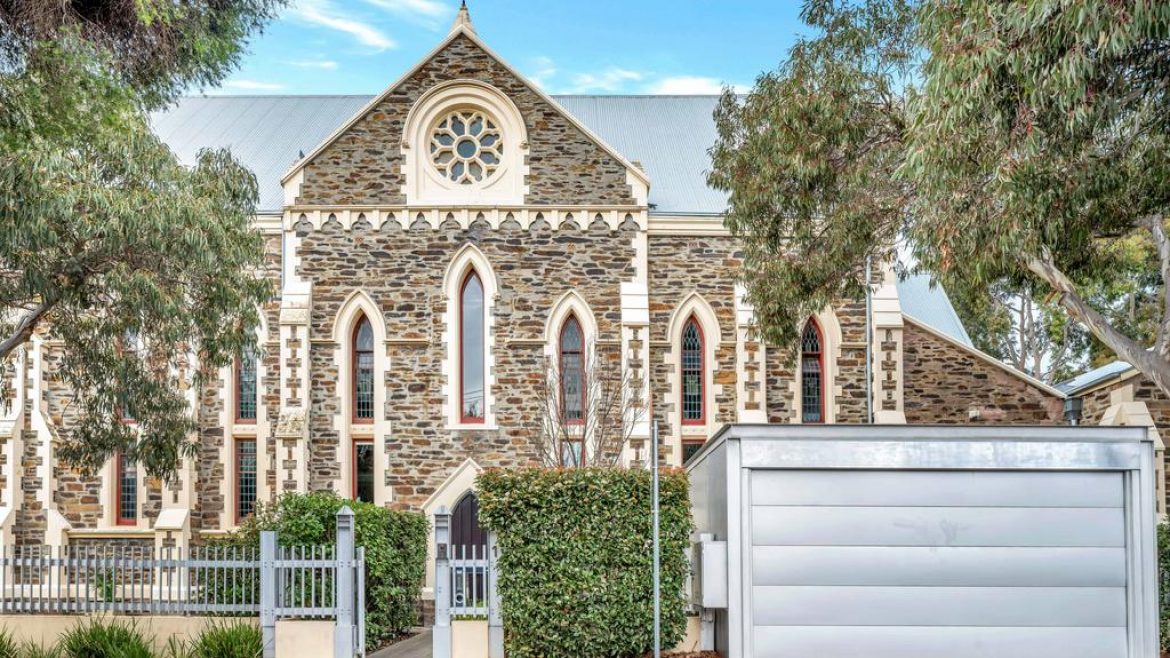
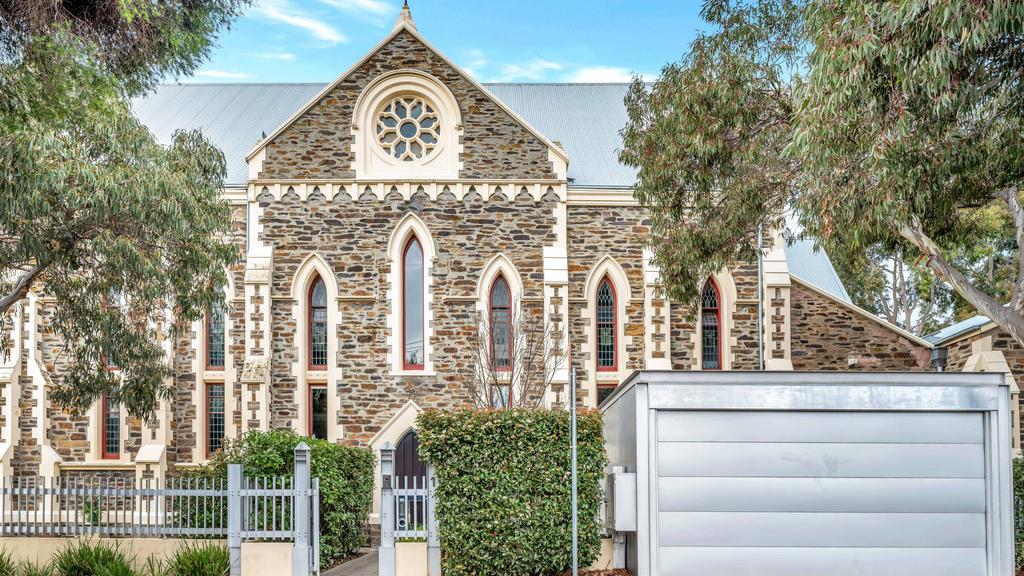
The Parkside church conversion at 1 Castle Street is on the market. Pic: realestate.com.au
A divine old church-turned-house that has stood on the outskirts of Adelaide’s city centre for more than 135 years is up for grabs.
The Parkside property at 1 Castle Street, which was built in 1884 and converted into a residence in 2006, is offering househunters a heavenly home.
Many of its grand character features have been preserved, including its 13.5m cathedral ceilings and stained-glass windows, while modern design trends have breathed new life into it.
MORE NEWS
The Block 2020: Scott and Shelley pour cold water on plaster plans
Enjoy life’s simple pleasures in a quiet beach shack
Why so many househunters wanted this 1950s home
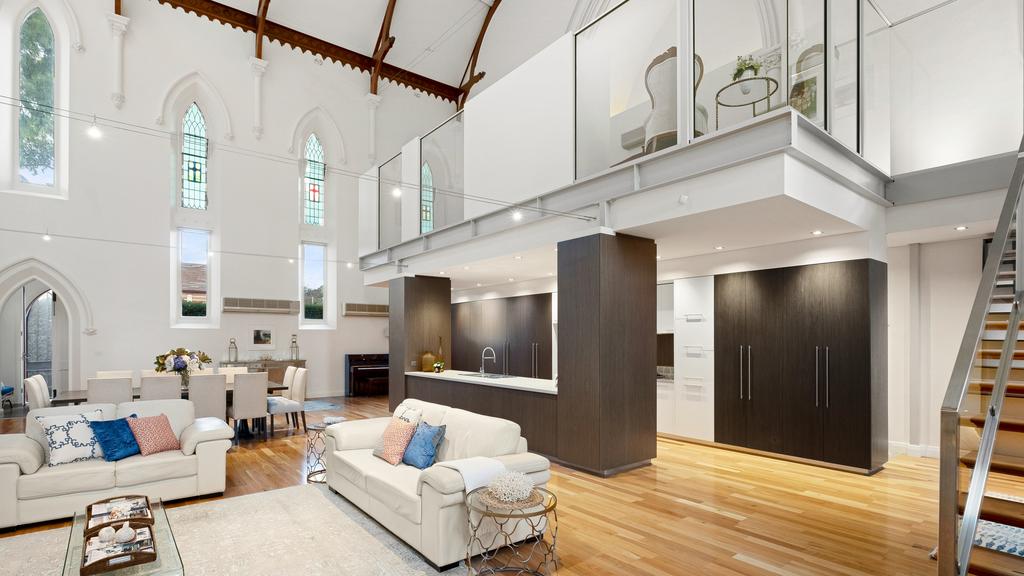
It was turned into a residence in 2006. Pic: realestate.com.au
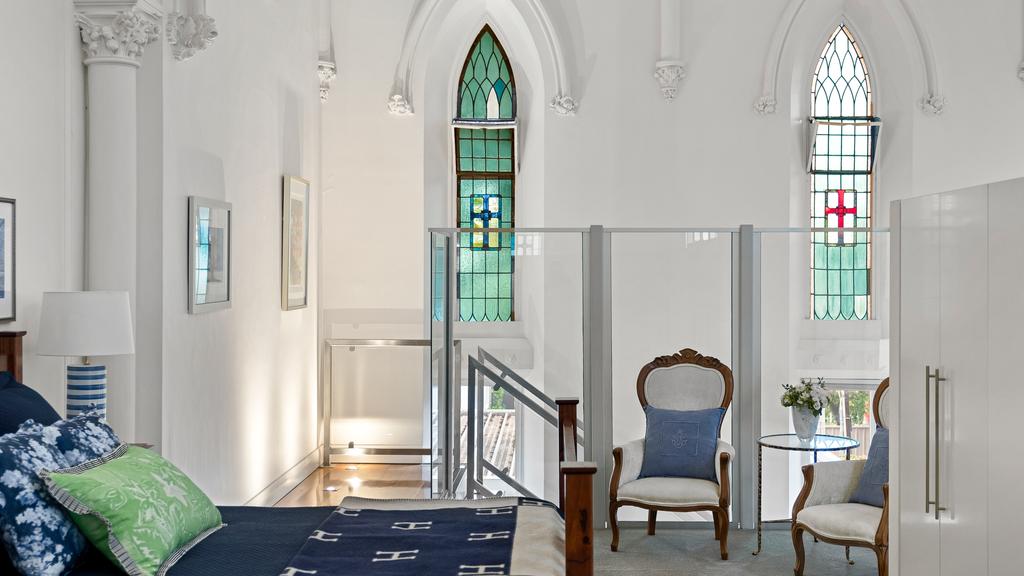
Many of its original features have been preserved, while modern design trends have given it a new lease on life. Pic: realestate.com.au
Walter & Irvine director Kevin Walter, who is selling the property through an expressions of interest campaign, said it was rare to find converted churches so close to the city.
“The original church and the annexed hall were converted into three Torrens titles, so the property for sale is half of the main church building,” he said.
“It’s such a beautiful property. It’s one that when you walk in, you’re in awe.
“The original features of the property are such a standout.
“A unique property (such) as this rarely comes on to the market, it is a fantastic opportunity for someone to acquire a home that truly makes a statement of individuality.
“You see them pop up in regional areas but not so much in metropolitan (Adelaide).”
Mr Walter said it was already attracting strong interest from househunters.
“It’s quite versatile and very modern so it could be a family home or good for an executive couple,” he said.
“It’s appealing to a lot of different people.
“From time to time during my 40 year real estate career, I have had the pleasure of selling unique properties, but this is certainly one of the best.”
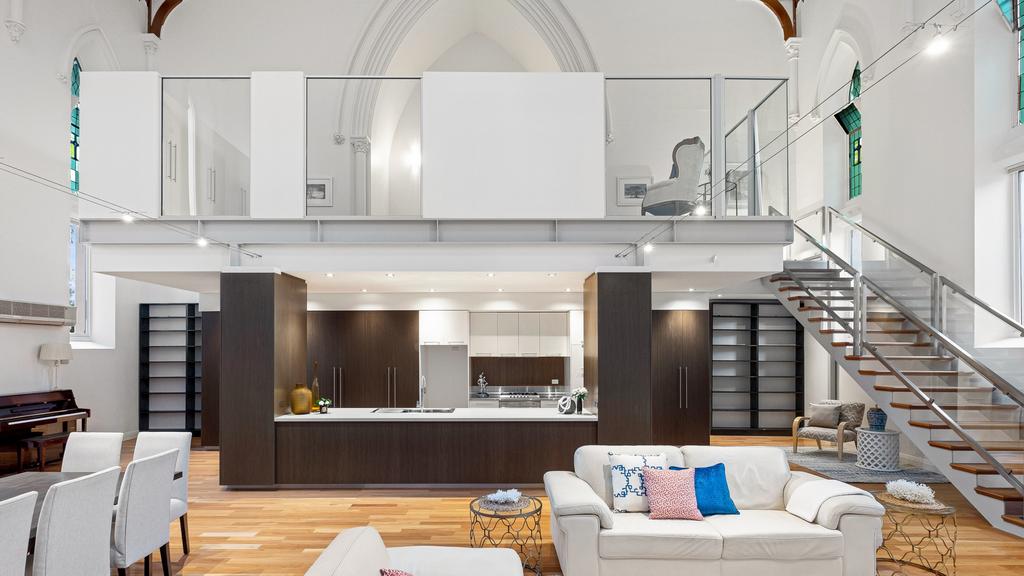
It is being sold through an expressions of interest campaign. Pic: realestate.com.au
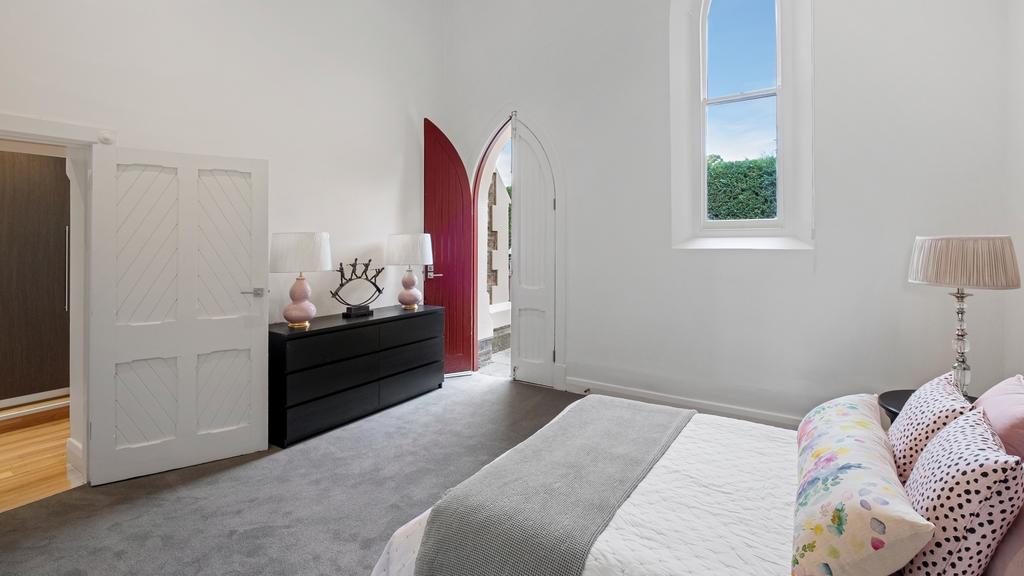
It was built in 1884. Pic: realestate.com.au
The residence has three-bedrooms, two of which are on the ground floor while the third is dedicated to a mezzanine with an ensuite and walk-in wardrobe.
There is another bathroom on the ground floor where an open kitchen, living and dining area takes centre stage.
The church, which was decommissioned in 2003, is steeped in Adelaide’s history.
It features as part of a Burnside Council-produced self-guided history walk, a brochure of which states the foundation stone for the former Wesleyan Methodist Church was laid in 1883.
“The congregation attended open air services until the building was completed in May 1884,” the brochure says.
“In December 1884 a gallery was built to improve acoustics.”
It became known as Epworth Uniting Church in 1977.
The post Historic Parkside church-turned-house offering prospective buyers a heavenly home appeared first on realestate.com.au.
